When the weather starts to get warmer, lots of people enjoy feeding waterfowl at local parks, lakes, and ponds. Unfortunately, we have all been making a common mistake by tossing them bread and other flour-based products! In this article, I will explain why we shouldn’t be doing that, and what is actually safe to share with our feathered friends.
What To Feed Ducks And Other Waterfowl
While it may be bad to feed waterfowl bread and flour products, there are things you can feed them.
Ducks And Geese
- Sweetcorn: frozen (thawed), fresh, or canned
- Peas: frozen (thawed), fresh, or canned
- Oats
- Lettuce
- Kale
- Rice: cooked or raw
- Seeds
- Earthworms
- Mealworms: dried or fresh
- Greens
- Veggie trimmings and peels
- Wheat
- Barley
- Halved grapes
Swans
- Spinach
- Greens
- Shredded carrot
- Celery
- Alfalfa sprouts
- Veggies
- Brown rice
- Lentils
- Cracked corn
- Split peas
- Insects
If you wish to continue feeding the wild birds in your area, avoid overfeeding, and try to feed less often so as to not offset their natural order. Also, be sure to chop fruits and veggies into small bits and avoid any medicated feed!
What Ducks And Other Waterfowl Eat Naturally
Before we go any further, I’d like to list some foods waterfowl eat naturally on their own. Waterfowl are foraging creatures, and they eat a variety of foods found in the wild. Water birds are omnivores. Do note, though, that this list only covers ducks, geese, and swans.
- Ducks: aquatic animals, seeds, crab, small fish, larvae, insect pupae, plants
- Geese: plants (roots, leaves, grass, aquatic plants), grain, mollusks, small fish, crustaceans, insects
- Swans: aquatic vegetation, algae, grass, insects, field grain
Issues With Feeding Waterfowl
According to the New York State Department of Environmental Conservation, artificial feeding is harmful to waterfowl. When we interfere with waterfowl’s natural feeding and foraging cycle, we can inadvertently cause wildlife to become dependent on us to provide food.
Artificial feeding can cause harmful effects on the environment and animals, especially if we feed them the wrong sort of food. Here are a few other reasons why feeding waterfowl can be harmful.
Delayed Migration
Waterfowl are nomadic creatures. When we feed them too often, it throws off their migration patterns because certain plants that they eat bloom ‘in season’ only. So when the plants are almost gone, they travel to their new spot. Feeding them causes them to stick around longer than they naturally would.
Unnatural Behavior
It may be nice to see wild animals coming up to visit us, but it can cause unnatural behaviors. For instance, if I were to visit the park regularly with my dog that’s friendly with other animals, and feed the ducks with my pet nearby, it may cause the ducks to become too trusting of dogs. This can have a negative impact because if waterfowl begin to trust dogs and encounter a dog that’s less than friendly, the consequences can be deadly. That’s just one example.
Cumulative Effects
Cumulative effects are defined as “effects on the environment which are caused by the combined results of past, current, and future activities.” Let’s say we are feeding wild ducks, and we (more often than not) toss out too much bread. The leftover bread the waterfowl don’t eat, sinks to the bottom of the body of water. There it starts to mold which causes damage to the ecosystem.
Disease
Feeding waterfowl bread and flour products has the potential to cause numerous diseases to these beautiful creatures. I’ll go more in depth on that subject later on in this article.
Why Not Bread?
You will see photographs in magazines and even scenes on the big screen where people feed ducks and geese bread. These scenes are deceiving! Sure, the ducks and geese will eat and even enjoy it, but bread to waterfowl is the equivalent of junk food to humans.
There is no nutritional value in it for them. It can cause numerous negative impacts on birds and their surroundings. A diet of bread can cause birds to become malnourished, especially baby birds.
Diets that are high in calories, carbohydrates, and protein, and low in nutrients, can cause a condition known as Airplane wing or angel wing. Angel wing is an incurable wing deformity that can result in birds being flightless. This disease causes the last joint on the bird’s wing to become distorted, and the end feathers stick out laterally (sideways) rather than lying flat against their body. As a result, they can’t fly.
Though it can be reversed in ducklings and other baby waterfowl, angel wing is irreversible in adults. High protein diets can cause the wing bones to grow too fast which makes the wing too heavy. The extra weight on the wing then causes twisted joints.
When bread products fed to waterfowl are left uneaten, there are numerous negative impacts that occur as a result:
- Attracting predators
- Causing mold growth
- Creating unsanitary conditions
- Causing illness and disease
- Contributing to the growth of cyanobacteria and harmful algae blooms
Other Foods You Shouldn’t Feed Waterfowl
Along with bread, there are also a variety of other common household foods you should avoid feeding ducks and geese:
- Onions
- Citrus Fruit
- Nuts
- Chocolate
- Popcorn
- Avocados
- Flour-Based Foods
- Junk Food
Feeding any wildlife may seem like a nice thing to do, but there are always precautions to be taken and wildlife wisdom to be learned before doing so.
Waterfowl and wild birds are beautiful and it can be relaxing to sit and feed them! That said, if you’re going to feed them, please be responsible and smart about it. We don’t want to cause harm to the environment or the wildlife that lives there.


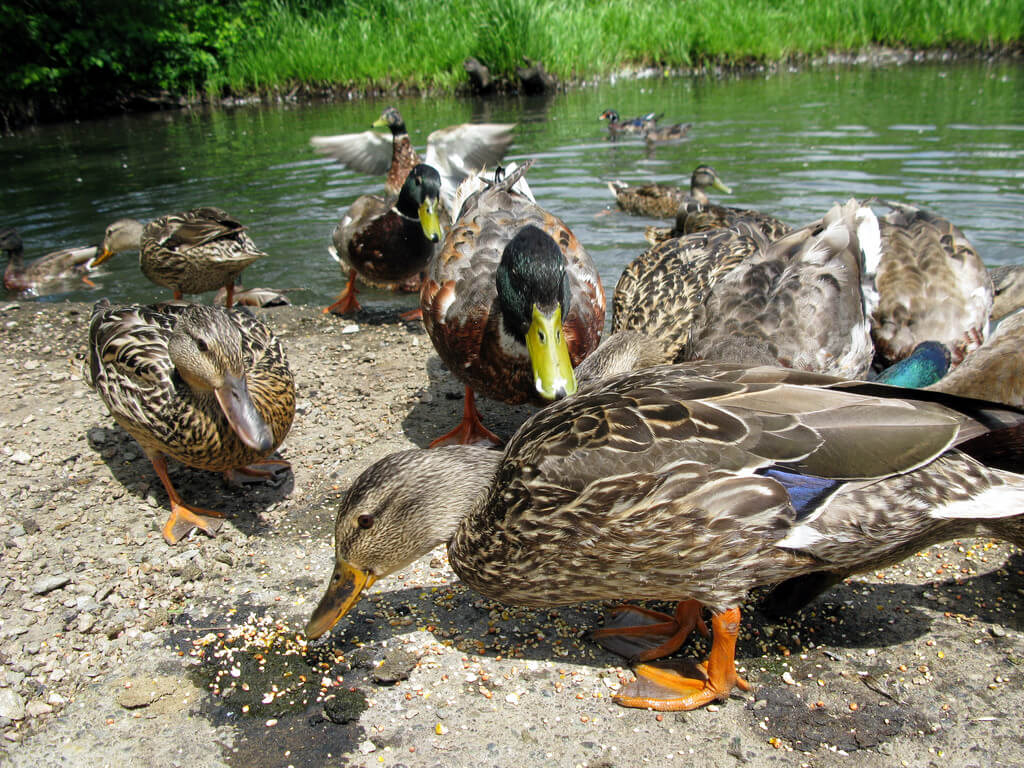
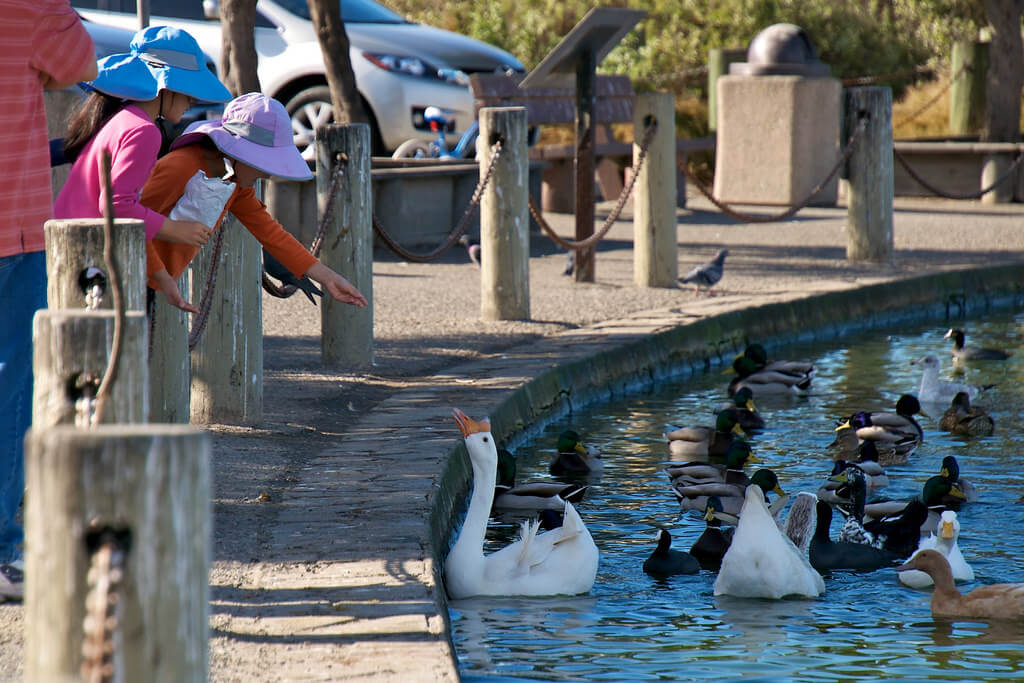
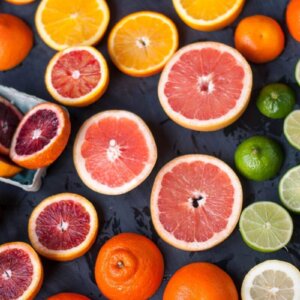

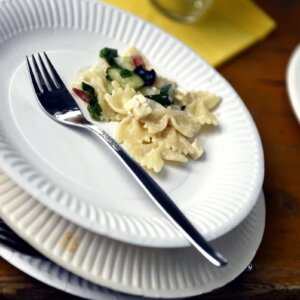
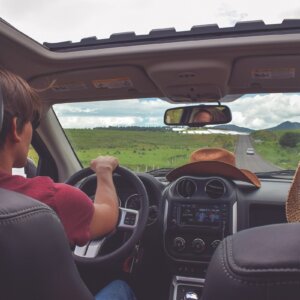

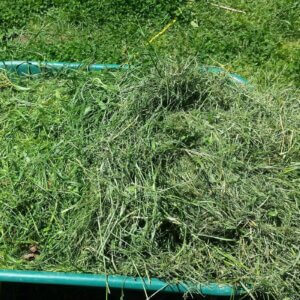
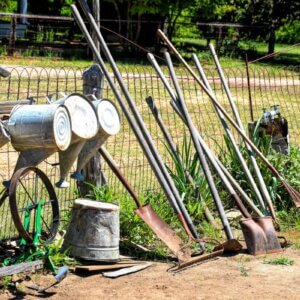
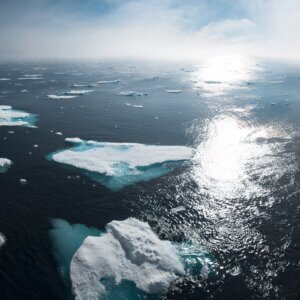
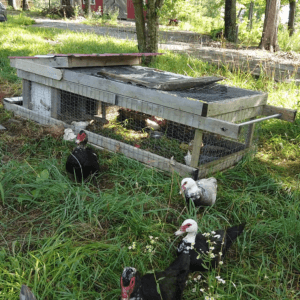
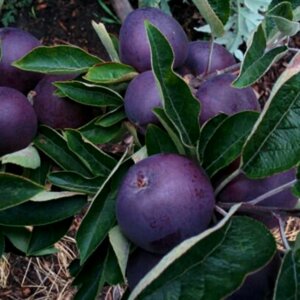

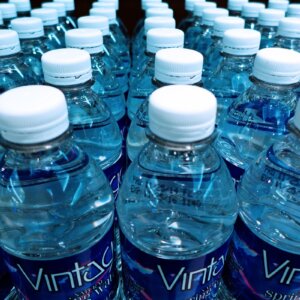
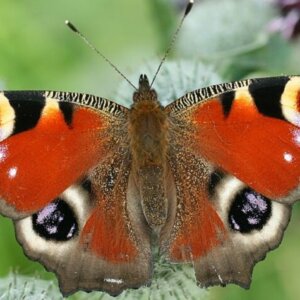
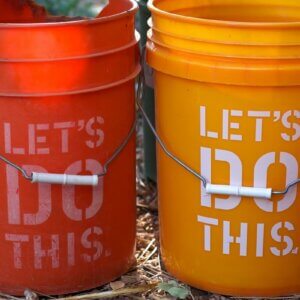
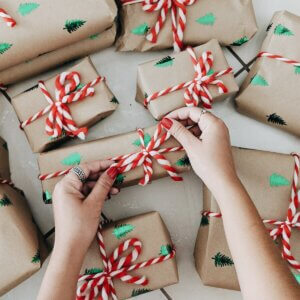
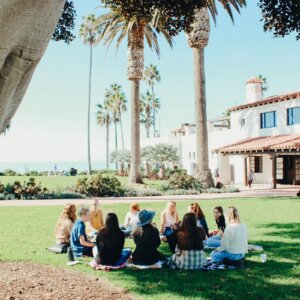
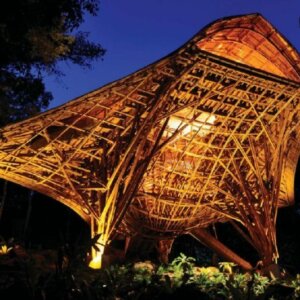

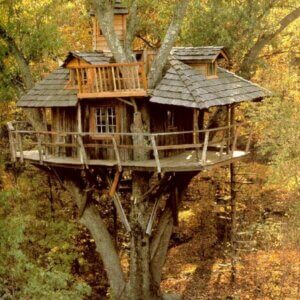
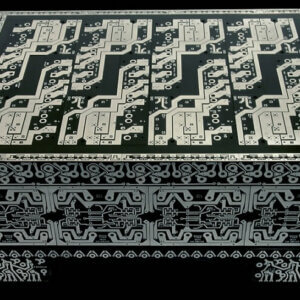
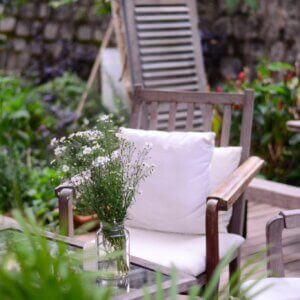
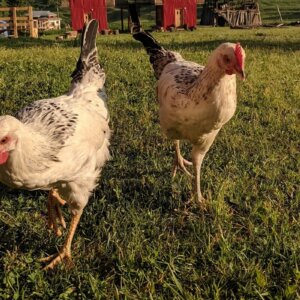
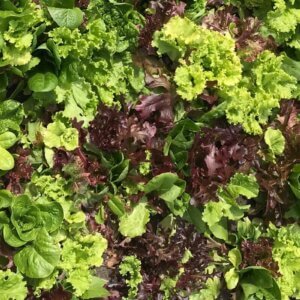
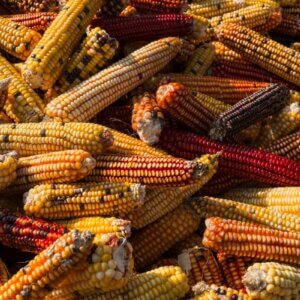


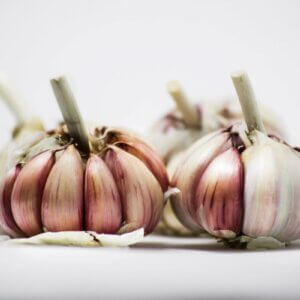
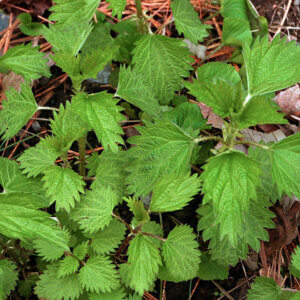
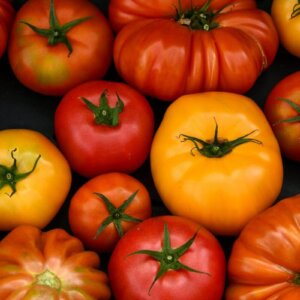
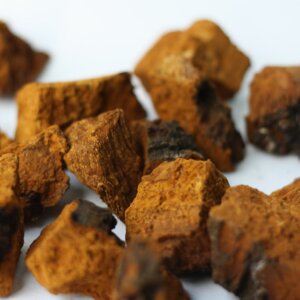

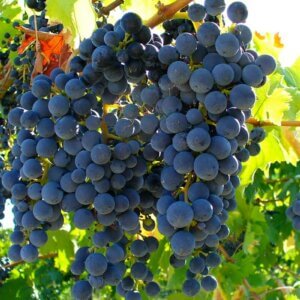

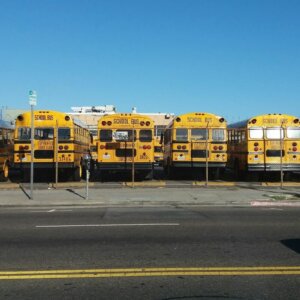
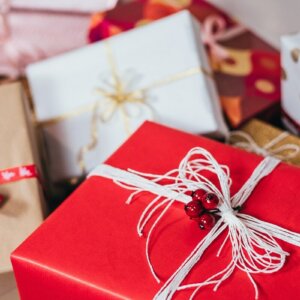
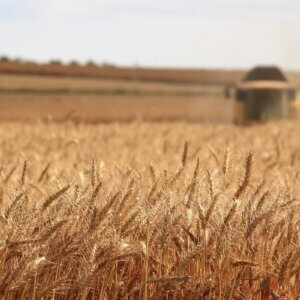
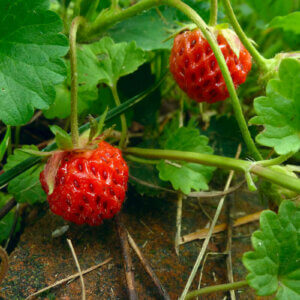
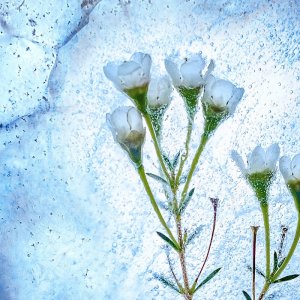
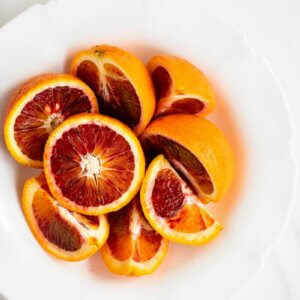
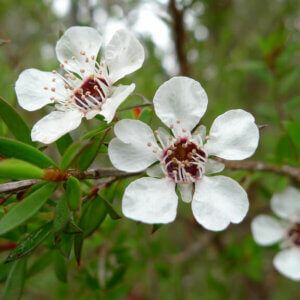
Great article! We have Khaki Campbells and their favorite food is defrosted frozen peas. Anytime visitors come I thaw out a few cups and let people feed them. They will fish them out of the pool, eat them off the ground, or even out of your hands. They go nuts, and I know it isn’t going to hurt them (ducks or people). Such silly things, ducks …..and people too I guess.
Thank you so much Jennifer! Ducks love all kinds of things. Bread just happens to be a common food around parks and I suppose folks are most folks are willing to part with some. I love your story, thanks for sharing it. It is always cute to watch them bob for food in the water. I had one little duckling that loved catching beetles.